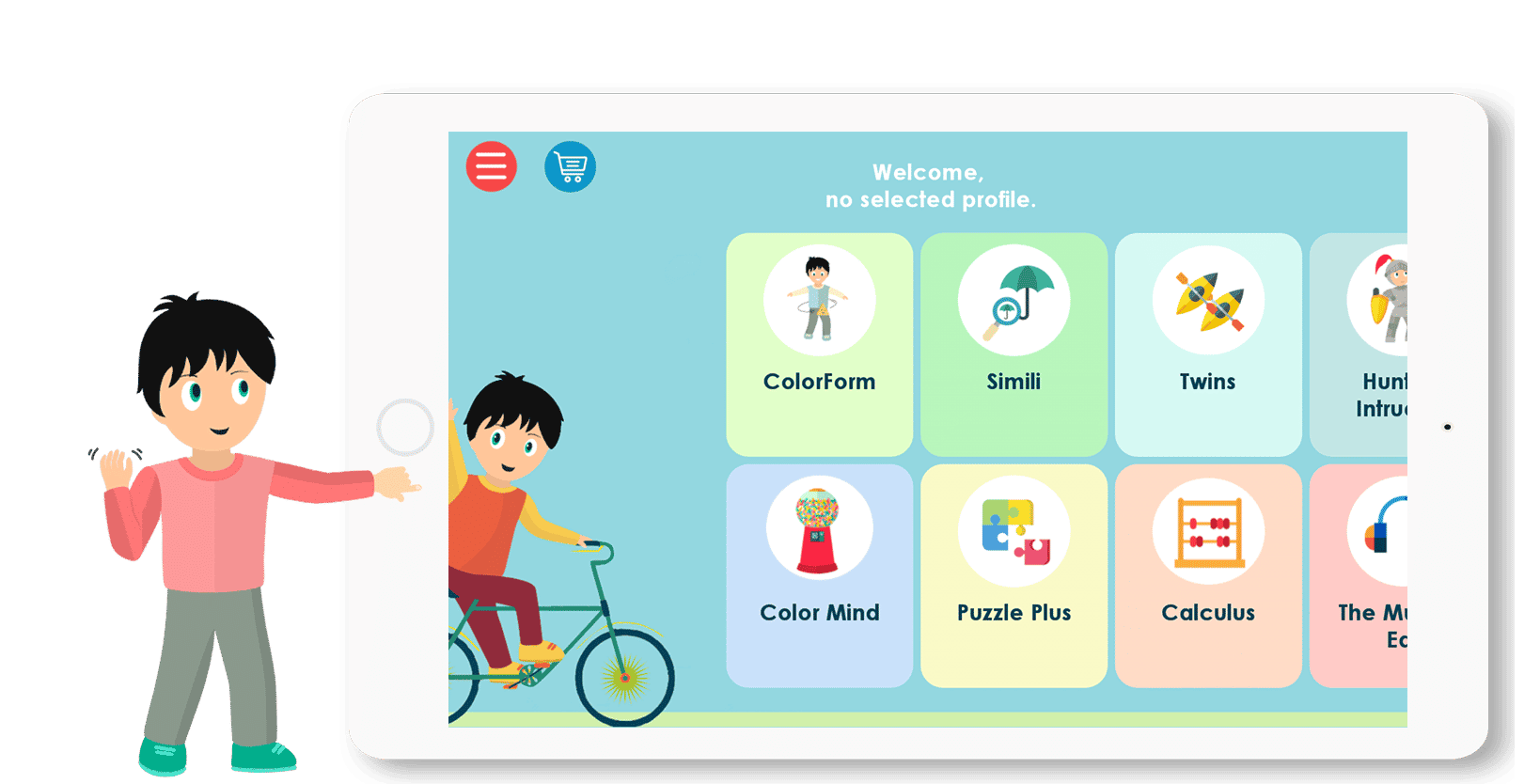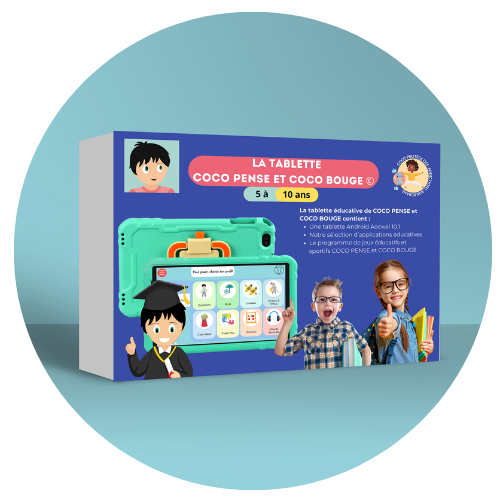Children with autism, like adults, have difficulty managing their emotions. They have difficulty expressing, translating and reproducing emotional expressions. This is most often related to a problem with social communication, language development and also metacognitive skills.
But don’t worry, our coaches are here to support you: we have prepared some tips that will help you work on this so that they can adapt in social relationships.
Ready to learn more? Don’t wait any longer to read the rest of the article!
Step 1: Assessing the child’s knowledge about emotions
The first step is to evaluate the child’s ability to perceive emotions.
As such, it is necessary to translate each of the emotions with your facial expression, since it is a face that he is used to analyze. For example, you can take pictures of yourself and analyze them with him and evaluate the child’s ability to recognize them. Start with basic feelings such as anger, joy, fear, sadness, disgust, and surprise. Once the first step is completed you can add new faces to your photo library.
At the end of each stage, it is essential to congratulate him with a hug, an object, or an encouragement.
You can also find books to use as a guide to relate emotions to more tangible things like colors, sounds, or objects
Step 2: Naming emotions
Show the characteristics of the emotion with an image that you will later associate with a word. You can do this by asking questions and using guidance by pointing to features on the face. Repeat the corresponding word and ask the child to do so as well. The goal is for the child to be able to pronounce even the beginning of the word. Feel free to repeat to maximize results.
You can also do it in the form of a game, such as miming emotions. You will have a good time and playing is a very good way to learn.
Coco Sport Break *
Step 3: Using visual aids or gestures to identify them
Pictures in books or magazines are an additional help in training children with autism to recognize emotions. After identifying them on your face, it is essential that they also know how to express their own feelings and are able to define them among the pictures.
Just give the child the pictures representing the emotions he learned and ask him to describe the features of each picture. Use small gestures or mimicry in a game, it will be more fun to keep the child attentive.
Step 4: Redo the sequences by representing the emotions with schematized facial expressions
This is one of the most fun ways to help a child with autism develop emotional skills. Work with posters that represent all the emotions and have your child place the corresponding strokes in other columns. Repeat the exercises until they can complete them independently.

In conclusion, learning while having fun is certainly the best way to teach a child. Moreover, taking the time to express emotions and making a connection with the situation allows them to understand the meaning of the situation and to learn how to better cope with it.





